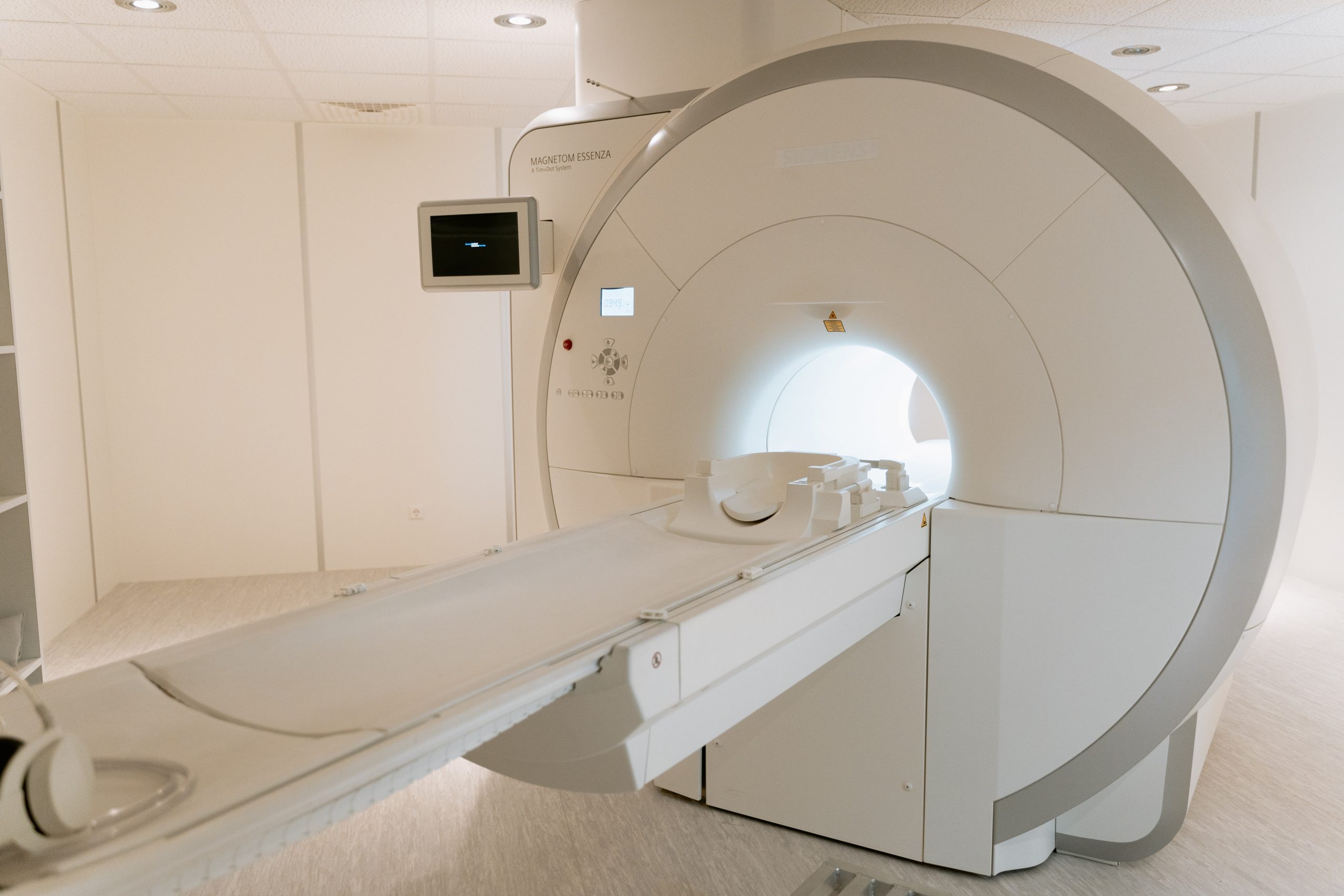Brain tumour treatment types – Surgery
Surgery can happen at different stages of the pathway. For some it can be quite soon after diagnosis, for others, it can be years later. At whatever stage your loved one has surgery, when it comes to caring for somebody going through brain surgery, the feelings will always be the same.
Your loved one may well have already had a biopsy to try and determine a more definitive diagnosis.
There are different types of brain surgery, and this should be explained to you and your loved one by your Neurosurgeon.
Awake Craniotomy
An awake craniotomy is an operation that is performed in the same manner as a conventional craniotomy, but the key difference is that the patient is awake during the procedure.
This is the preferred technique for operations to remove lesions close to, or involving functionally important regions of the brain.
By using this technique, it allows regions of the brain to be tested before they are incised or removed and allows certain functions to be test continuously through the operation. The overall aim of this type of procedure is to minimise risk.
Image guided craniotomy
This is the most generally used procedure, which involves removing a piece of skull and then replacing it, under a general anaesthetic.
For some tumours it is possible to remove the entire tumour and likely produce a cure (e.g. meningioma). This is called a gross total resection. For many intrinsic brain tumours the surgeon aims to remove as much of the tumour as possible (and safely) but there will inevitably be microscopic remnants of the tumour in the surrounding brain (e.g. glioma).
Craniotomy in MRI
 This technique supports neurosurgeons in the attempt to enhance resection, even in the most delicate and inaccessible areas of the brain. Sometimes it is difficult for a surgeon to distinguish the tumour from the tissue surrounding it. It does not make a neurosurgeon a better neurosurgeon; it’s just another tool to be used.
This technique supports neurosurgeons in the attempt to enhance resection, even in the most delicate and inaccessible areas of the brain. Sometimes it is difficult for a surgeon to distinguish the tumour from the tissue surrounding it. It does not make a neurosurgeon a better neurosurgeon; it’s just another tool to be used.
An intraoperative MRI works between the magnets in the open space, which is an operating theatre. Because the magnets can be used at any time during the surgery real time images of the brain can be seen as the surgeon operates. The extent of the resection can be monitored with periodic images throughout, which ensures a more accurate resection and is safer because any brain bleeds can be dealt with quickly.
Previously only available in the USA, this technique is now available in the UK. Speak to your consultant or clinical team directly to find out more information and whether it is available at your hospital.
Lasers in Brain Surgery
This is a new technique and sometimes using lasers can help to remove a brain tumour. They do require opening the skull and are used during a craniotomy. The AutoLITT System uses an MRI-guided laser probe, passed through a small bur hole in the skull, to deliver laser interstitial thermal therapy (“LITT”) to heat and coagulate the tumour from the inside. High-intensity laser energy is applied directly to the tumour, rather than passing through normal tissue, while the MRI measures the temperature inside the brain, showing thermal damage as it happens and facilitating precise control of the treatment. Once coagulated, the treated tumour mass is dead.
It is useful for what have previously been regarded as inoperable tumours. It is not likely to make inoperable tumours removable and as yet there is no good quality evidence to show that lasers improves the safety and efficiency of surgery.











